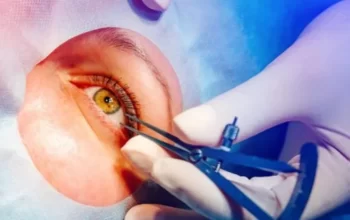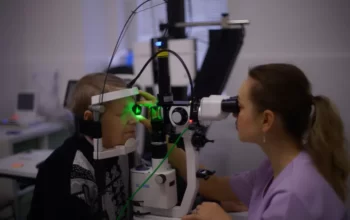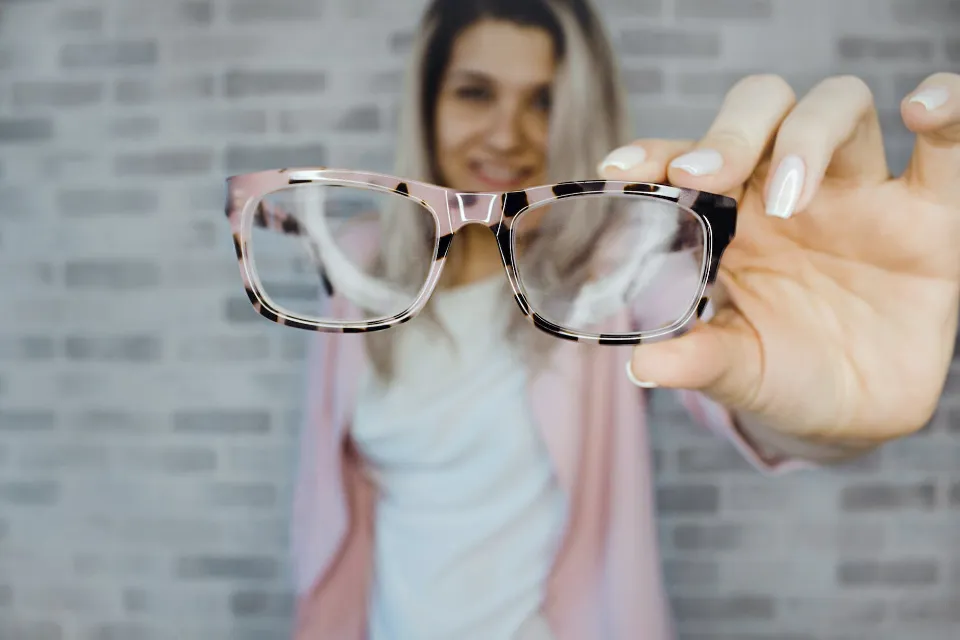
Nearsightedness, also known as myopia, is a common eye condition that affects millions of people worldwide. It occurs when the eyeball is too long or the cornea is too curved, causing light to focus in front of the retina instead of on it. This results in blurred vision when looking at objects in the distance, while close-up objects remain clear.
If you have been diagnosed with nearsightedness, you may be wondering if there are any treatments available to improve your vision. Fortunately, there are several options available, ranging from simple lifestyle changes to more advanced medical procedures. In this post, we will discuss how to cure nearsightedness and improve your vision.
How to Cure Nearsightedness?
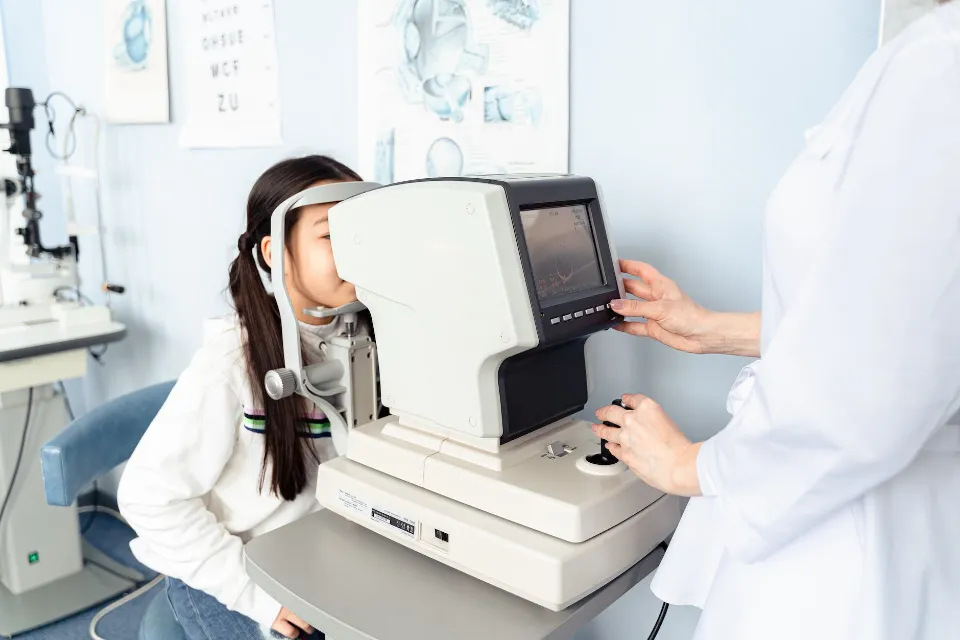
Lifestyle Changes
The first step in curing nearsightedness is to make some simple lifestyle changes that can help improve your vision. These include:
- Reducing Screen Time: Spending too much time in front of a computer, tablet, or smartphone can strain your eyes and worsen nearsightedness. Try to limit your screen time and take frequent breaks to give your eyes a rest.
- Getting Enough Sleep: Lack of sleep can lead to eye fatigue and worsen nearsightedness. Aim for at least 7-8 hours of sleep per night to help your eyes rest and regenerate.
- Eating a Healthy Diet: Eating a diet rich in vitamins and minerals, especially vitamin A, can help improve your eyesight. Good sources of vitamin A include carrots, sweet potatoes, spinach, and kale.
Eye Exercises
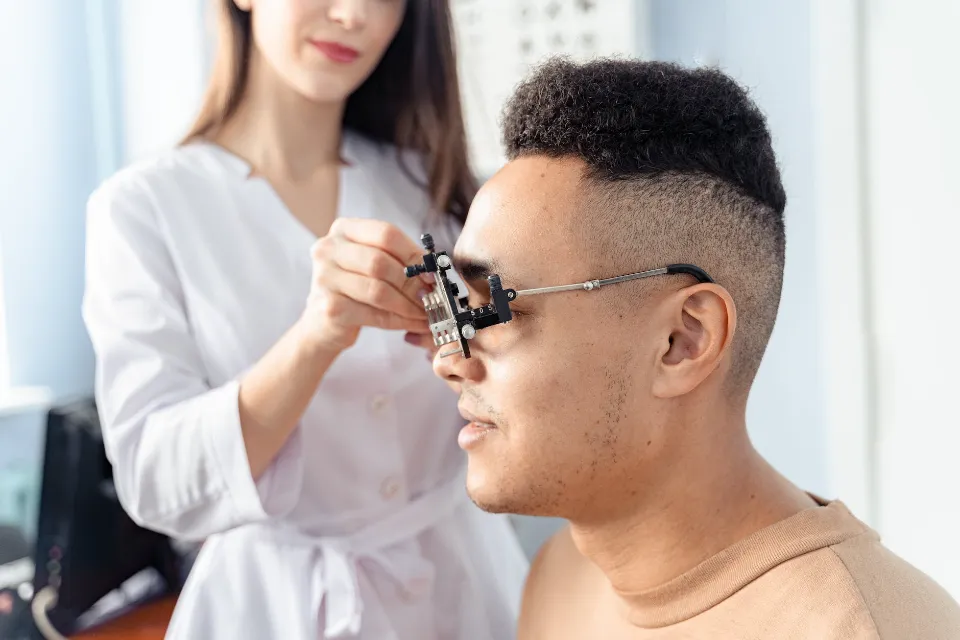
In addition to lifestyle changes, performing certain eye exercises can also help improve your vision. These exercises work by strengthening the muscles in your eyes, which can help you see more clearly. Some examples of eye exercises include:
- Palming: Rub your hands together to warm them up, then place them over your closed eyes for a few minutes. This can help relax your eye muscles and reduce eye strain.
- Focusing: Hold a pen or pencil at arm’s length and slowly bring it closer to your face, keeping it in focus the entire time. Then, slowly move it away from your face while still keeping it in focus. Repeat this exercise several times a day to strengthen your eye muscles.
- Eye Massage: Using your fingertips, gently massage your temples, eyebrows, and the area around your eyes in a circular motion. This can help improve blood flow to your eyes and reduce eye strain.
Glasses and Contact Lenses
If lifestyle changes and eye exercises do not improve your vision, glasses or contact lenses may be necessary. These corrective lenses work by bending the light that enters your eyes, allowing it to focus properly on your retina. Your eye doctor can help you choose the best type of lens for your needs.

Orthokeratology
Orthokeratology, also known as ortho-k, is a non-surgical procedure that uses specialized contact lenses to reshape the cornea while you sleep. This can help improve your vision during the day without the need for glasses or contact lenses. However, this treatment is not suitable for everyone and can have side effects, such as dry eyes and glare.
Laser Eye Surgery
Laser eye surgery, such as LASIK, is a surgical procedure that uses a laser to reshape the cornea, allowing light to focus properly on the retina. This can help improve your vision and reduce the need for glasses or contact lenses. However, this treatment is not suitable for everyone and can have risks and complications, such as dry eyes, halos, and glare.
Preventive Measures to Reduce Nearsightedness
In addition to the treatments mentioned above, there are also some preventive measures you can take to reduce your risk of developing nearsightedness in the first place. These include:
- Spending more time outdoors
Studies have shown that spending time outdoors, particularly in natural light, can help reduce the risk of developing nearsightedness in children and adolescents.
- Taking frequent breaks from close work
If you spend a lot of time reading, writing, or working on a computer, it is important to take frequent breaks and look away from your work to give your eyes a rest.
- Avoiding excessive screen time
As mentioned earlier, excessive screen time can lead to eye strain and worsen nearsightedness. It is important to limit your screen time and take breaks when necessary.
Conclusion
In conclusion, nearsightedness is a common eye condition that can be cured or improved with various treatments. Lifestyle changes, eye exercises, glasses or contact lenses, orthokeratology, and laser eye surgery are some of the options available. If you are experiencing blurred vision or other symptoms of nearsightedness, it is important to consult with an eye doctor to determine the best course of treatment for your individual needs.
It is worth noting that while these treatments can improve your vision, they may not completely cure nearsightedness. Some individuals may still require corrective lenses or further treatment to maintain clear vision. Additionally, it is important to maintain regular eye exams to monitor any changes in your vision and ensure early detection and treatment of any eye conditions.

